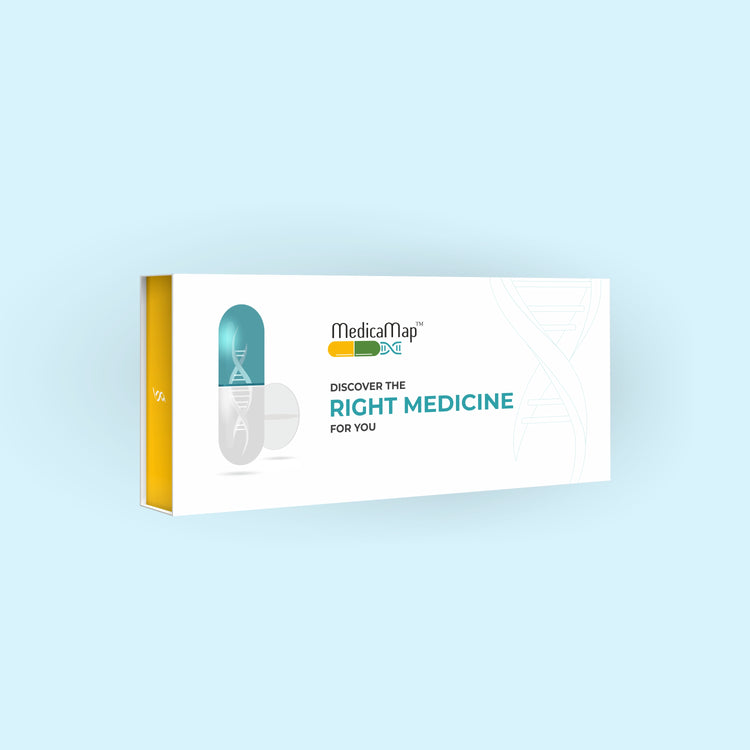RYR1 : ryanodine receptor 1
The RYR1 Gene: A Key Player in Muscle Function and Anesthesia Safety
The RYR1 (ryanodine receptor 1) gene provides the blueprint for a crucial protein that regulates muscle contraction. This protein, the RYR1 channel, acts as a gatekeeper, controlling the release of calcium ions – the spark that ignites muscle movement. When a nerve signal reaches a muscle, it triggers a cascade of events that culminates in the opening of RYR1 channels. This allows calcium ions to flood out of their storage compartments (sarcoplasmic reticulum) and into the muscle cell, initiating the process of muscle contraction.
Beyond Muscle Contraction
While primarily associated with muscle function, the RYR1 gene also plays a significant role in other physiological processes:
- Brain Function: RYR1 channels are involved in calcium signaling within neurons, contributing to neuronal communication and brain function.
- Embryonic Development: RYR1 is crucial for the proper development of various organs, including skeletal muscle, heart, skin, and bone, during embryonic growth.
The Impact of RYR1 Gene Variations
Variations in the RYR1 gene can disrupt the normal function of the RYR1 channel, leading to:
- Uncontrolled Calcium Release: Some RYR1 gene variations can cause the channel to remain excessively open. This uncontrolled calcium release can have serious consequences:
- Muscle Weakness and Fatigue: Conditions like congenital myopathy, characterized by muscle weakness and fatigue, can arise.
- Malignant Hyperthermia (MH): This is a life-threatening condition triggered by exposure to certain anesthetics (e.g., halothane, isoflurane, sevoflurane) or the muscle relaxant succinylcholine. In individuals with MH susceptibility, these agents can cause a rapid and uncontrolled increase in body temperature, muscle rigidity, and other serious complications.
Pharmacogenomics and RYR1: The Role of CPIC Guidelines
The Clinical Pharmacogenetics Implementation Consortium (CPIC) provides valuable guidance on the clinical use of genetic information. Regarding RYR1, the primary focus of CPIC guidelines lies in its association with malignant hyperthermia (MH) susceptibility.
- Identifying MH Susceptibility: RYR1 gene testing can help identify individuals at increased risk of MH.
- Anesthesia Safety: CPIC guidelines assist healthcare providers in:
- Selecting appropriate anesthetics and muscle relaxants: For individuals with RYR1 gene variations associated with MH susceptibility, alternative anesthetics (e.g., nitrous oxide, xenon) and muscle relaxants (e.g., non-depolarizing agents) may be considered.
- Implementing appropriate monitoring and management strategies: Close monitoring during anesthesia is crucial for individuals at risk of MH, as early detection and intervention are critical for successful management.
The Importance of Multidisciplinary Care
The management of individuals with RYR1 gene variations and potential MH susceptibility often requires a multidisciplinary approach involving:
- Anesthesiologists: To ensure safe and appropriate anesthesia.
- Geneticists: To interpret genetic test results and provide genetic counseling.
- Other healthcare professionals: Such as internists and cardiologists, to address any underlying health conditions.
Conclusion
The RYR1 gene plays a vital role in muscle function and has significant implications for anesthesia safety. By understanding the impact of RYR1 gene variations and utilizing the guidance provided by CPIC guidelines, healthcare providers can make informed decisions to optimize patient safety and minimize the risk of complications during anesthesia and surgery.
Disclaimer:
- This information is for general knowledge and informational purposes only and does not constitute medical advice.


